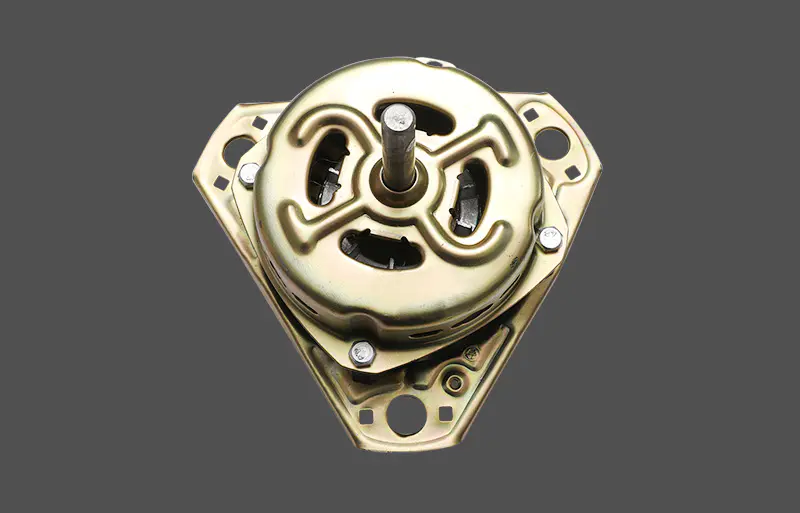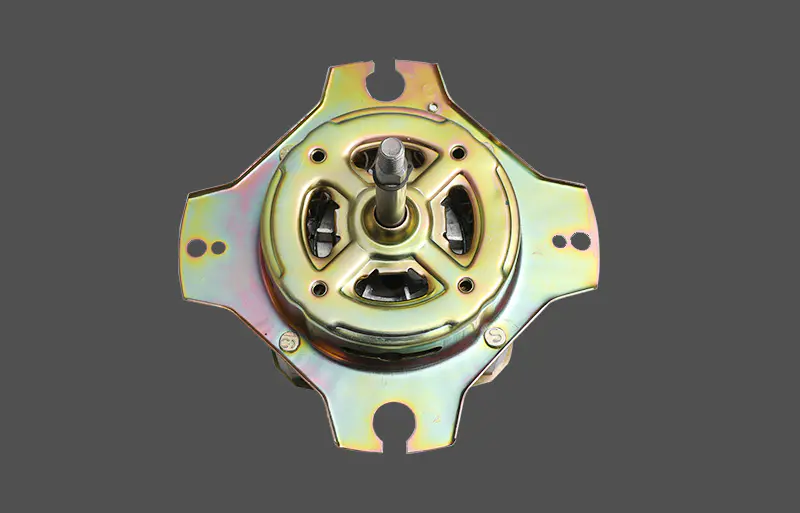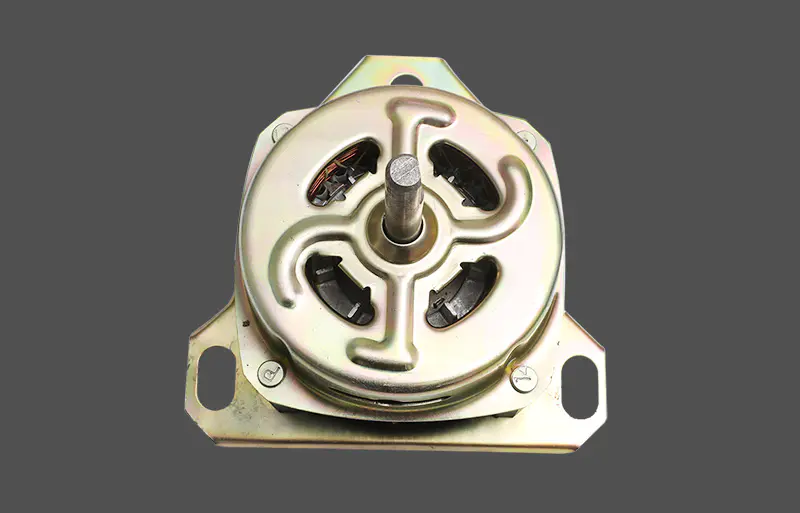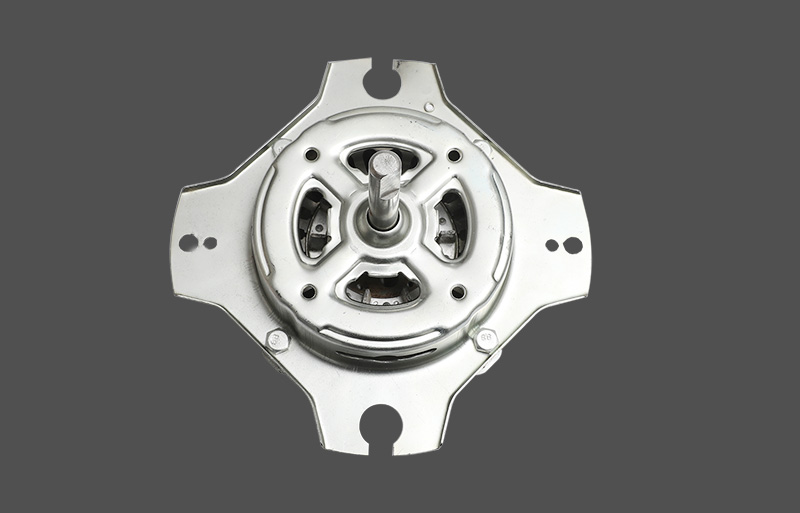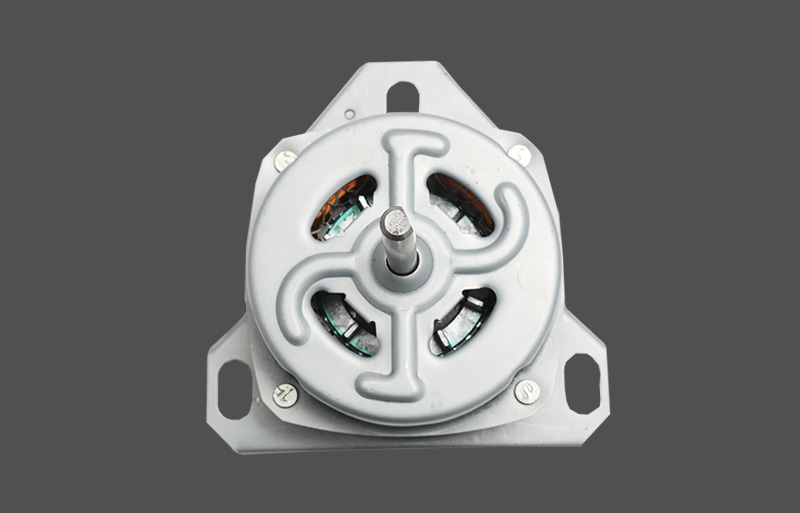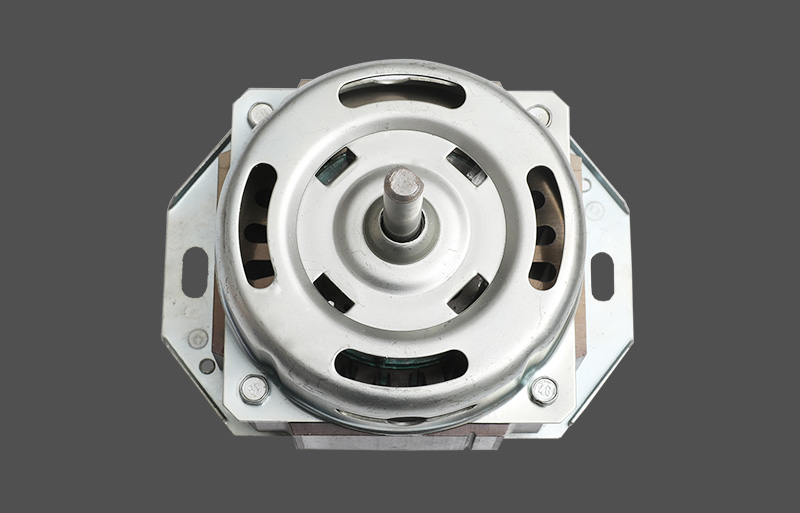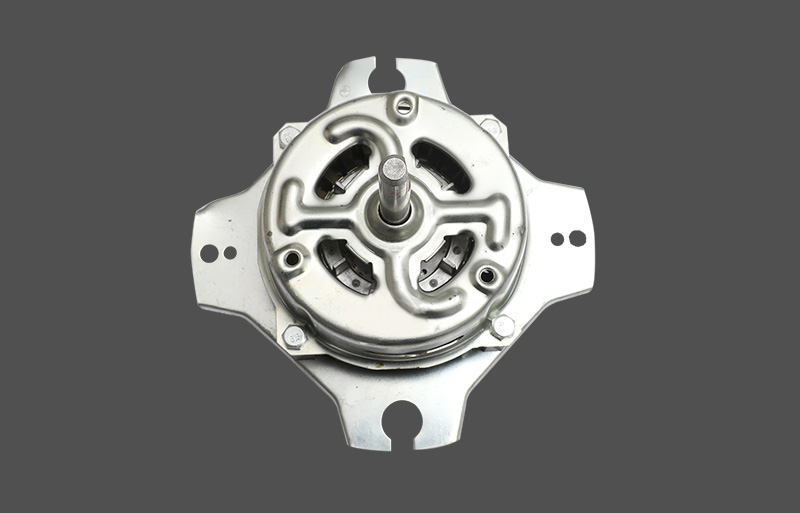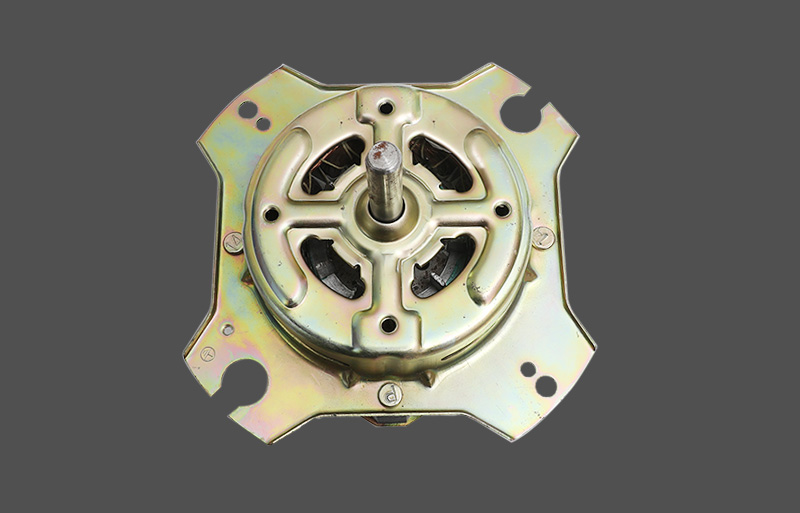The electromagnetic coil is a key component inside the Spin Machine Motor, and its design and performance directly affect the efficiency and performance of the motor.
Structure and composition:
An electromagnetic coil is usually a coil of electrically conductive material that can be wrapped around the stator or rotor of a motor, depending on the type and design of the motor. The conductive material is usually copper or aluminum because of their good electrical conductivity and mechanical properties.
Coil shape and layout:
The shape and layout of the solenoid coils have a significant impact on the performance of the motor. Coils can come in different shapes, such as round, square or oval, depending on the motor's purpose and design requirements. In addition, the layout of the coil may also be centralized wiring or distributed wiring, depending on the need for control of the electromagnetic field.
Number of turns and windings:
The number of turns in a solenoid coil refers to the number of windings of wire in the coil. The selection of the number of turns is directly related to the inductance and resistance of the coil. Higher turns generally result in greater inductance, while lower turns reduce resistance. Designers need to find a balance between the two to meet the performance needs of the motor.
Coil material selection:
The wires for solenoid coils are usually made of copper or aluminum as these are common highly conductive materials. Factors such as electrical conductivity, thermal conductivity and cost need to be considered when selecting materials. Copper has better electrical conductivity but is relatively more expensive, while aluminum is more economical in some applications.
Generation and regulation of magnetic fields:
One of the main functions of an electromagnetic coil is to generate a magnetic field. By passing electricity through the coil, current flows in the wire creating a magnetic field. Regulating the current of the coil can adjust the magnetic field, thereby controlling the speed and torque of the motor.
Interaction of magnetic field and rotor:
The magnetic field generated by the coil interacts with the motor's rotor, creating a torque that drives the rotor to rotate. This process is a key step for the motor to convert electrical energy into mechanical energy and follows Lorentz force and Ampere's law.




